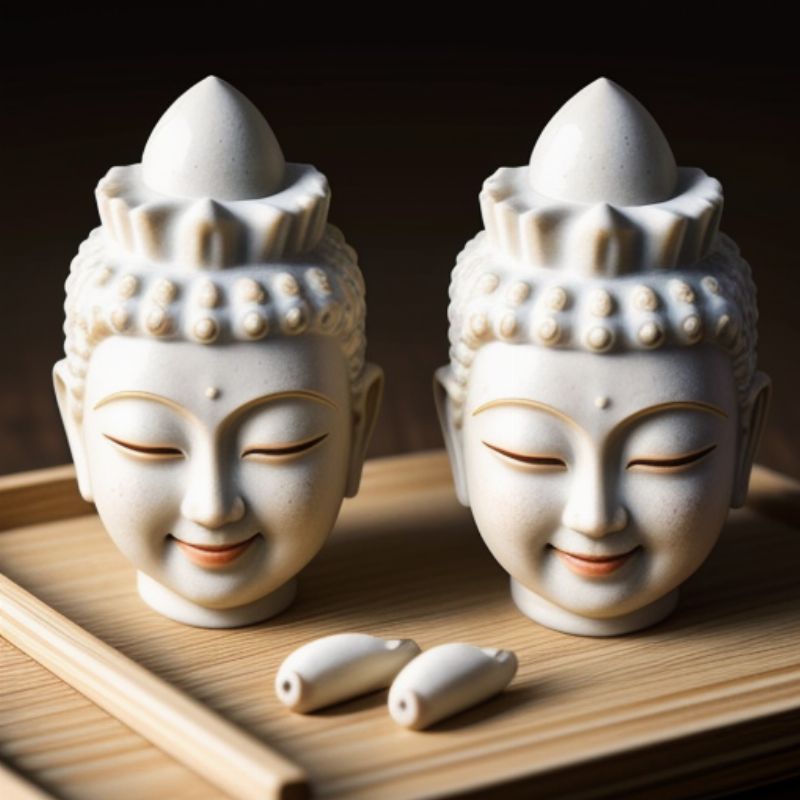Have you ever heard the phrase “fake it till you make it”? It’s a popular saying encouraging us to act as if we’ve already achieved our goals, believing this will eventually lead to actual success. But what happens when we apply this to something as profound as spirituality, specifically Buddhism? Can we go from a “fake Buddha” to a true embodiment of Buddhist teachings? As the Vietnamese proverb wisely suggests, “Nước chảy đá mòn” – even water can wear away stone with persistent effort.
Understanding “Fake Buddha To Buddha”
The idea of a “fake Buddha” might seem disrespectful or even comical at first. After all, Buddhism emphasizes authenticity and genuine self-reflection. However, this phrase, though unconventional, can be a starting point for understanding the journey of Buddhist practice. It reflects the reality that many of us approach Buddhism from a place of curiosity or even a desire for quick fixes to our problems. We might adopt outward practices or rituals without fully grasping their deeper meaning, much like wearing a beautiful robe without embodying the virtues it represents.
This initial stage of “faking it” isn’t necessarily negative. Think of it as the first step on a long and winding path. The key lies in recognizing this and using it as motivation to delve deeper. Just like a lotus flower emerges from muddy waters to bloom in radiant beauty, we too can transform our initial superficial understanding into genuine wisdom.
The Essence of Buddhism: More Than Meets the Eye
Unmasking the Meaning: A Multifaceted Approach
Buddhism, often perceived as a religion, is more accurately described as a philosophy, a way of life. It delves into the very core of human existence, exploring themes of suffering, impermanence, and the elusive nature of self. This journey inward isn’t about blind faith; it encourages critical thinking and questioning.
The Four Noble Truths: A Foundation for Understanding
The crux of Buddhist teachings lies in the Four Noble Truths:
- The Truth of Suffering (Dukkha): Life inevitably involves suffering, from physical pain to emotional distress.
- The Truth of the Origin of Suffering (Samudāya): Suffering arises from attachment, aversion, and ignorance.
- The Truth of the Cessation of Suffering (Nirodha): Suffering can cease by eliminating these root causes.
- The Truth of the Path to the Cessation of Suffering (Magga): This path is the Noble Eightfold Path.
These truths aren’t meant to be pessimistic but rather a realistic starting point for transformation. As Vietnamese Zen Master Thích Nhất Hạnh once said, “To heal, you have to begin by touching the wound.”
The Noble Eightfold Path: A Roadmap to Liberation
The Noble Eightfold Path outlines the practical steps to overcome suffering and attain enlightenment:
- Right Understanding
- Right Thought
- Right Speech
- Right Action
- Right Livelihood
- Right Effort
- Right Mindfulness
- Right Concentration
This path isn’t about achieving perfection overnight. It’s about cultivating wholesome qualities and gradually refining our thoughts, words, and actions.









